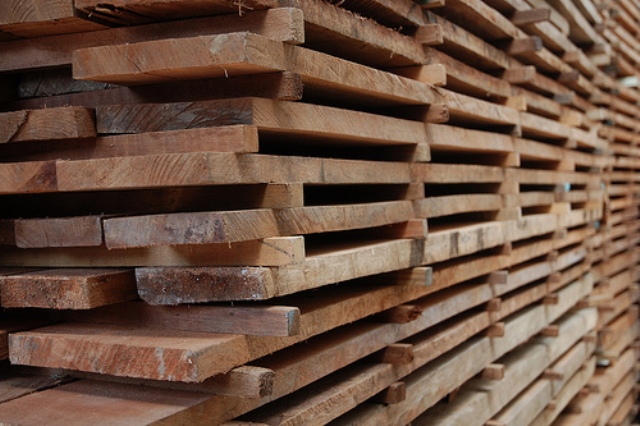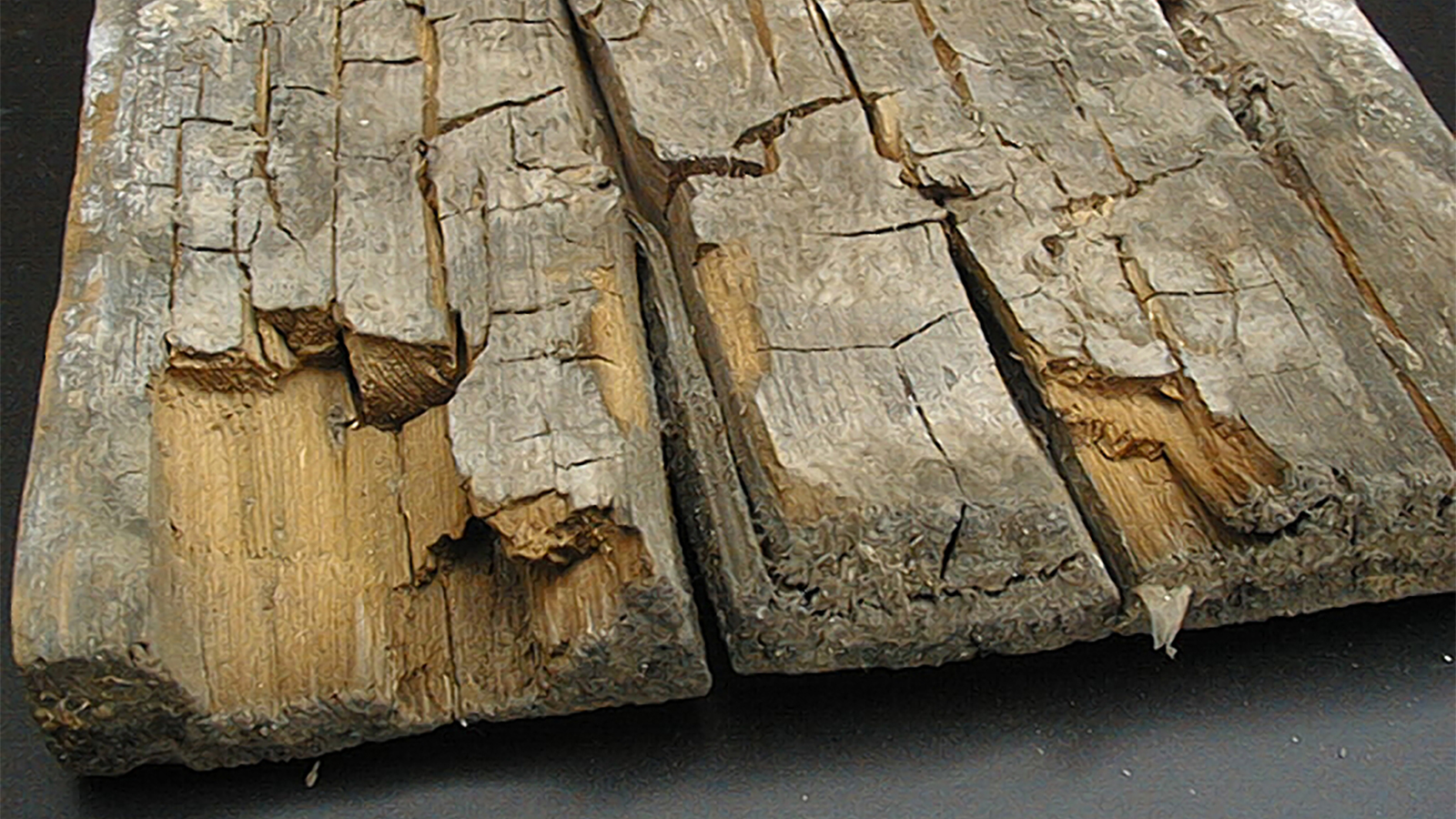What Is Timber?
Timber is wood that is suitable for engineering or construction purposes. Timber comes from the old English word timbering, which means "to build."
Defects In Timber:
Many growth characteristics emerge in timber during or after milling. These may be considered timber defects if they have undesirable visual characteristics or have a structural impact on the timber.
A small mark on timber may not be structurally significant, but it will render the piece unusable for joinery.
A flaw in a piece of wood might lessen its structural suitability but improve its aesthetic appeal.
A timber defect is an irregularity or abnormality that appears in or on wood and causes its-
Strengthening decrease
reduction in toughness
reduction in utility
Poor Presentation
Decay
Classification of Defects In Timber
list the common defects in timber,
- Natural Forces Insects
- Seasoning Defects
- Fungi Defects
- Conversion
- Defects due to insect
Natural Defects In Timber:
Natural defects in timber are features that develop in the living tree or shortly after it is felled that may reduce the usefulness of the timber.
In many cases, it is more cost-effective to remove flaws like dead knots and replace them with plugs.
Nowadays, it is more typical to construct long lengths out of shorter glued pieces.
Lamination is also a more cost-effective method of constructing structural members out of wood.
1. Defects In Timber Due to Natural Forces:
Chemical Stain
 |
Chemical Stain |
The wood is sometimes discoloured as a result of chemical action caused by an external agent. This is referred to as a chemical stain.
Rind Galls
The rind represents Bark, and the gall represents abnormal growth. Rind Gall refers to a peculiarly curved swelling found on the body of the tree.
They form where branches have been improperly cut off or removed. They are rarely found in trees, and the timber in this area is very weak and not long-lasting.
Coarse Grain
When a tree grows quickly, the annual rings become wider. It is known as coarse grain timber, and it has less strength.
Knots
These defects in timber are the bases of broken or severed branches or limbs from the tree. For a long time, the portion from which the branch is removed receives nourishment from the stem.
It eventually results in the formation of dark, hard rings known as knots. Knots are a source of weakness because they break the continuity of wood fibres.
Deadwood
Dead wood is present in timber harvested from dead-standing trees. It is distinguished by its light weight and reddish hue.
Druxiness
These defects in timber are indicated by white decayed spots that are hidden by healthy wood; they are most likely caused by fungi access.
Shakes
These are longitudinal wood separations between annual rings. These are cracks that partially or completely separate wood fibers. When appearance is important, the separation makes the wood unappealing.
Types of Shakes
TYPES OF SHAKE |
Star Shakes:
These timber flaws are cracks that extend from the bark to the SAP wood. These are usually restricted to the sapwood plane.
These have wider outside ends and narrower inside ends. They are typically formed during the growth of the tree as a result of extreme heat or severe frost.
Cup Shakes:
Annual Rings may be partially or completely separated from one another by this defect, which appears as a curved split in the wood. Excessive frost action on sap present in the tree, especially when the tree is young, is what causes it.
Heart Shakes:
These cracks appear in the centre of a cross-section of the tree and extend from pith to SAP wood toward the interior of the tree, which is nearing maturity. The tree cross-section is divided into two or four sections by the heart shake.
Ring Shakes:
Ring shakes are created when cup shakes cover the entire surface of the cup.
2. Seasoning Defects:
These are defects in timber that occur during the drying process. Controlling the rate and degree of drying requires extreme caution.
Many freshly cut timbers contain more than half of their weight in moisture or sap. Seasoning is simply the process of drying out timber so that it is conditioned (or pre-shrunk) before use.
Seasoning reduces the moisture content of the wood to that of the atmosphere's relative humidity.
Moisture content in equilibrium. Shrinkage is unavoidable during drying, and every effort is made to minimise distortion and splitting.
 |
3. Defects Due to Insects:
Defects Termite-Related
- When it comes to insect attack, termites are the most hazardous to structural timbers. In most timbers, they attack both the sapwood and the heartwood. but favour the pith and sapwood.
- resides in the colony and devours the cross-wood section's core very quickly.
- creates tunnels in various directions while typically not disturbing the cover or shell.
- Until it completely fails, the termite-damaged wood piece may appear to be in good condition.
- Few high-quality woods, such as teak, sal, etc., can withstand termite attack.
- Due to their cellular structure, some Australian timbers are, for instance, resistant to termite attack.
- Pine cypress a
- Jarrah
Termites are of two wide species
- Termites that live underground or in the ground are frequently found in pieces of wood that are left on the ground.
- Wooden pieces left on the ground frequently contain ground-dwelling termites. By moving from their colony through created underground galleries to the wood, these termites cause the most damage to buildings. A timber member can be encased by expanding the colony.
- From one member to another, such as a bearer to a joist, smaller tunnels may radiate out. The termites can now locate more cellulose thanks to this (which is contained in the sapwood).
4. Defects Due to Fungi:
Blue Stain
 |
BLUE STAIN |
A specific type of fungi causes the sap of wood to become bluish in colour.
Certain types of fungi strip cellulose compounds from wood, causing the wood to turn brown.
White Rot
Exactly the opposite of brown rot, this. The lignin in wood assumes the appearance of a white mass made of cellulose compounds during this specific type of fungi attack.
Wet Rot
Dry Rot
Some fungi feed on wood and convert it into a dry powder. This is referred to as dry rot. The following details should be noted.
Dry rot occurs in places where there is no free circulation of air, such as poorly ventilated basements, rooms, and so on, as well as in damp conditions, such as kitchen toilets.
Dry rot can easily attack unseasoned sapwood.
The absence of sunlight, dampness, the presence of sap, stagnant air, and warmth are all conducive to the growth of the fungus that causes dry rot.
It can also be caused by charring, painting, or tarring unseasoned wood.

Dry rot can be avoided by using well-seasoned, sap-free wood.
When a section of a tree is severely affected by dry rot, the damaged section should be completely removed and the remaining unaffected section should be painted with a copper sulphate solution.
Heart Rot
When exposed to atmospheric agents, heartwood weakens and produces an out hollow sound when struck with a hammer.
5. Defects In Timber Due to Conversion:
Chip Mark Indicated
Chip marks are marks or signs left by chips on the finished surface of timber.
The Diagonal Grain
These defects in timber are caused by improper timber sawing. It is denoted by diagonal marks on the timber's straight-grained surface.








0 Comments